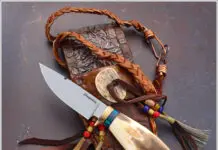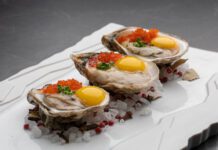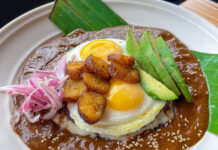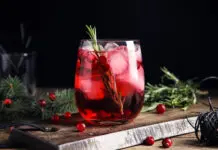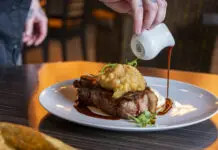For as long as humans have wielded fire and meat, barbecue has existed – born as a practical cooking method, forged into a cultural commonality across continents, refined by technology and globalization, yet forever anchored in its primal, simple technique. Oklahoma is home to hundreds of BBQ restaurants and thousands of passionate pitmasters. We talk to a few of them about preferred cooking methods, grilling essentials, savory sauce predilections, and the beauty found in the communal nature of barbecue.
Barbecue’s Origins
Barbecue – perhaps the most primal cooking method to exist – has been around for centuries. But where did it originate?
In the book The Indigenous People of the Caribbean, Samuel M. Wilson uses archaeological and ethno-historical evidence to trace barbecue’s roots to the Caribbean islands, where Native traditions mingled with Spanish explorers’ techniques, and later European settlers’ adaptations. Fast forward to today, and barbecue is a rich tapestry of Native, African and European influences, woven into a distinctly American art form that shifts in flavor and flair from region to region.
American barbecue specifically has evolved over centuries, from Indigenous Caribbean tribes cooking meat over indirect flames using green wood, a method dubbed “barbacoa,” to the spread of BBQ techniques through the American South, often thanks to the comparative ease of raising pigs. By the pre-Civil War era, American southerners had refined the art of slow-cooking pork and beef to tender deliciousness.
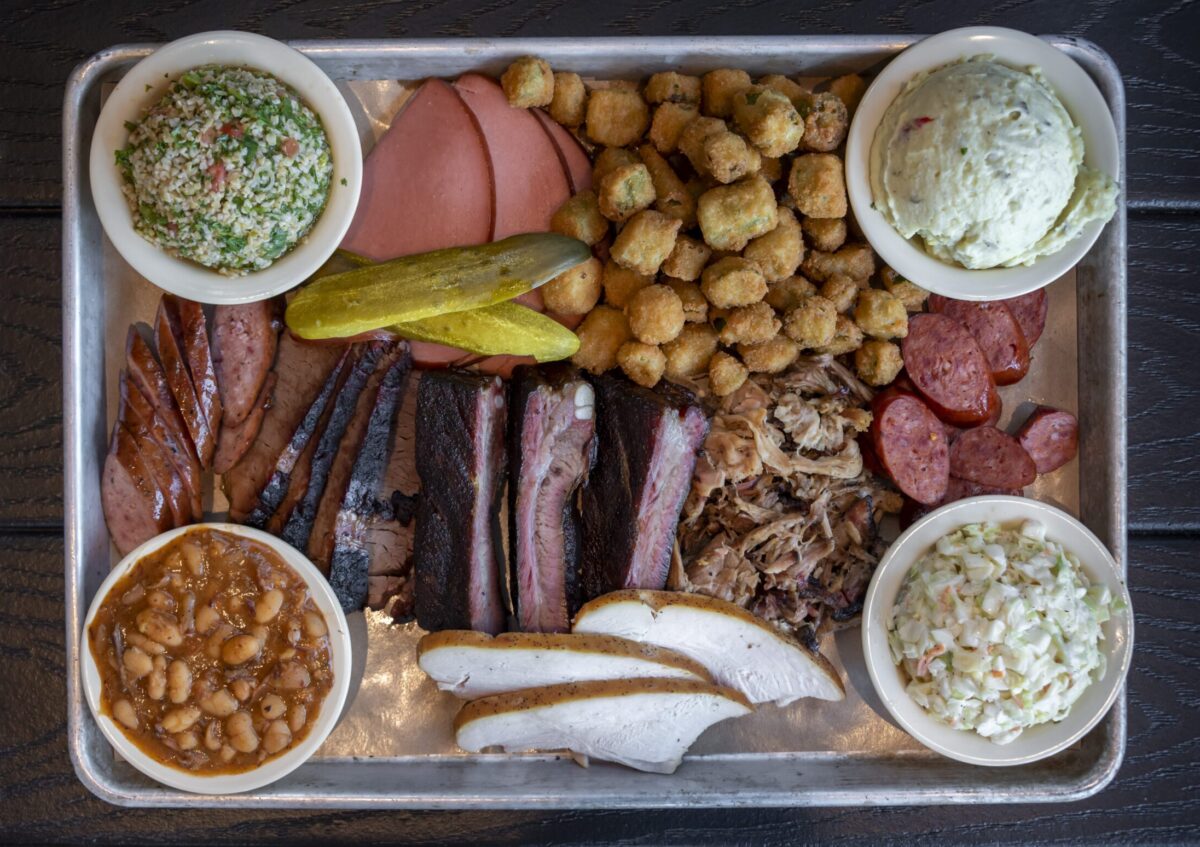
Getting Lost in the Sauce
Some barbecue pros make their own sauces. Others slather on their favorite local or national brands. Some think the less sauce you use, the better, while others encourage generous utilizations. In the end, to sauce or not to sauce is a question personally posed to each pitmaster.
Chuck Gawey, owner of Tulsa based Albert G’s Bar-B-Q, created his own tomato-based sauces (classic and hot) over thirty years ago and still has it bottled in Sapulpa.
“There’s a lot of good sauce out there,” he says. “Really good ribs and brisket don’t need sauce, but it does add something. It’s personal preference.”
Oklahoma doesn’t have a single, universally defined barbecue sauce style like some other regions, as our state sits at a crossroads of barbecue traditions, with Texas to the south and Kansas City to the north. Sooner State barbecue sauces lean towards a sweet-and-spicy profile and tend to have a tomato base with sweetness from molasses, brown sugar or honey, along with a smack of heat from peppers, cayenne or hot sauce. Some pitmasters add Worcestershire sauce or mustard for some depth.
Low and Slow

From rotisserie to charcoal to an array of woods like hickory or mesquite, barbecue offers endless cooking possibilities. Yet Oklahoma’s pitmasters share a unifying mantra: Low and slow, the time-honored key to smoky goodness.
“For cooking big meats, like brisket or pork, I like low and slow cooking with pecan wood,” says Travis Clark, owner of Clark Crew Barbecue with locations in Tulsa and OKC. “We use that same pecan wood for our ribs, turkey and chicken, but at a higher temperature. For grilling, I love direct fire on open coals with a charcoal and wood mix. That’s for steaks, burgers, pork steaks and sausage.”
Matt Thompson, vice president of operations for Oklahoma BBQ behemoth Rib Crib, says that his team members are also “big fans of low and slow to make sure the smoke flavor is there,” he says. “Our smokers stay well below 300° which also helps tenderize the meat and keep it juicy.”
Gawey concurs; this method is tried and true.
“Everything is indirect, every time,” he says. “Our pork butts and briskets go in the smoker at 6 p.m., and at 7:30 a.m. the next day I take it off. It’s low temperatures, and we use pecan and hickory. In the morning after I pull it off, we bump up the temperature a bit to 250 or so degrees to cook ribs, bologna and turkey.”
Tips from the Pitmasters
Deliciousness is in the eye (or, rather, stomach?) of the beholder, but Oklahoma pitmasters share insights into what makes barbecue truly tasty for them.
“We use all our own seasonings, and they are the same exact ones we sell,” says Clark. “[We’ve got] years of researching and testing these out at competitions. They are balanced, and complement the meat, but are not overpowering.

“The technique to focus on, then, is tenderness,” Clark continues. “Learn what it feels like when it’s done; it’s not always a temperature, as every piece of meat is different. And above all, don’t over-smoke your meat. Barbecue doesn’t have to be over-smoked. Find the balance you like.”
Rib Crib’s Thompson says the bark – the combo of spices, smoke and meat – is essential.
“That’s where a lot of wow factor comes in for barbecue,” he says. “When the bark is right, every bite is a ‘holy smokes’ moment. We slather and season to make sure there is a good bark, and use green hickory wood to put off more smoke.”
For Gawey, it’s all about the passion.
“It’s about caring about the products we’re putting out. It’s been 33 years now, but we can always do better,” he says. “A great rub is important too. We’ve had the same one all these years.”
In a heavily saturated barbecue market, each pitmaster needs something to help them stand out. Cindy Watts, owner of OKC’s Bedlam Bar-B-Cue, keeps her ‘gimmick’ simple: a focus on creating the highest quality product she can.
“We don’t want any hormones; it’s all-natural and grass-fed, unprocessed,” she says. “That usually – but not always – means the most expensive ingredients. Nothing frozen. And we make our own rubs and sauces that flavor everything.”
For Thompson, smoking meats daily and keeping things fresh is a major priority, too.
“Our craftsmen begin and end their days prepping meats and loading the smokers to make sure we can keep up with demand,” he says.

A Communal Dining Experience
Backyard barbecue bashes thrive on stellar meats, good company and a few key touches: ice-cold drinks, a steady flow of food, and a warm and welcoming vibe that keeps everyone mingling. Barbecue is, after all, a communal experience.
“A friend of mine, Mike Mills, always says that ‘barbecue is not a concept, barbecue is a culture.’ Barbecue brings people together,” says Clark. “We have huge, 30- to 40-top parties of guests all the time. It’s a communal type of food; people pass it and share it. Barbecue is the best food for that, it’s what we do at gatherings. It’s what brings families together.”
New Tech vs. Old School Craft
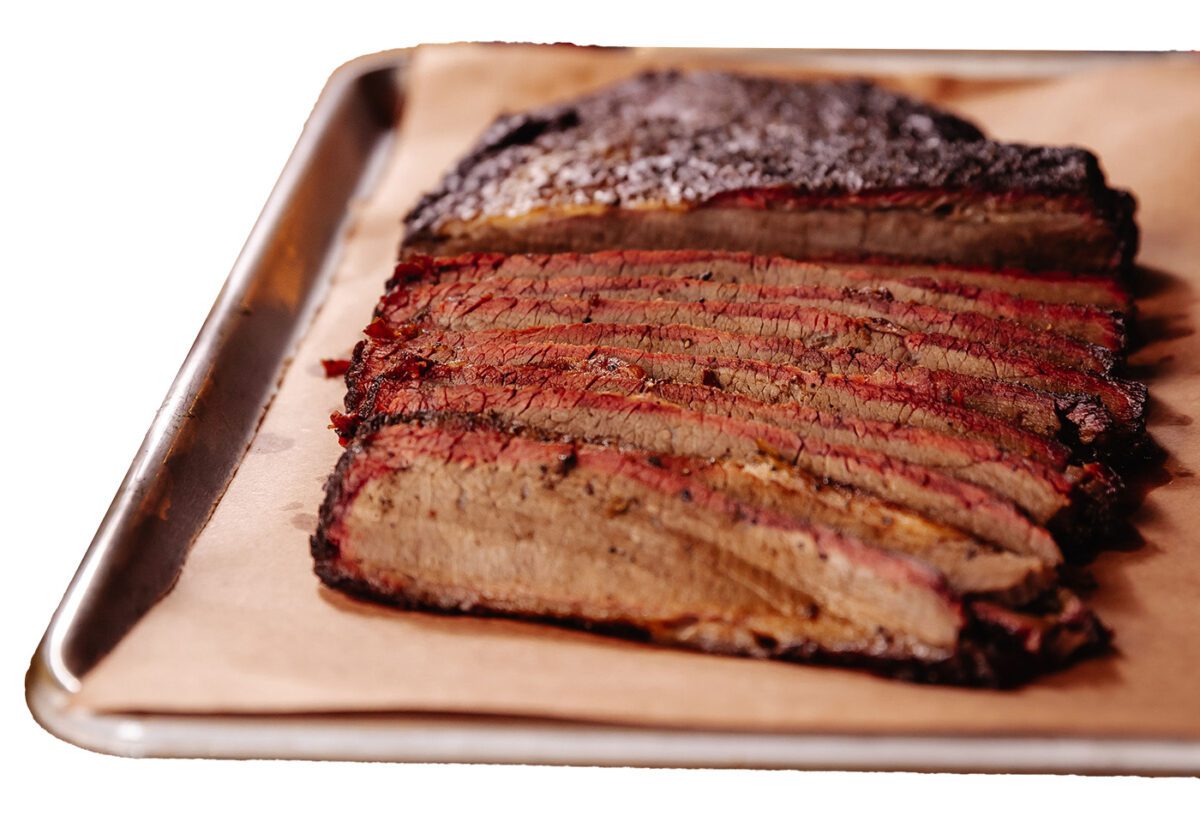
Cutting-edge grilling technologies are continually advancing, but local restaurant owners tend to stick to time-honored secrets forged through years of mastering the craft.
“I’m a master electrician by trade,” says Clark. “If you rely on something electronic, it will let you down. I’d prefer to invest in my people and training versus an electronic probe or machine that will fail. People can care about a piece of meat and have pride in it – no wireless probe can sense tenderness to know when it’s right.”
However, if you’re a backyard BBQ enthusiast who enjoys some gadgets at the grill, try:
• Smart grills that integrate app-based controls and WI-FI connectivity
• Robotic grill cleaners such as the Grillbot, which autonomously scrubs grates with motorized brushes
• Wireless meat thermometers like the Meater Pro, which probe with Bluetooth and Wi-Fi, and have a 165-foot range
• Laser surface thermometers like the Etekcity Infrared map out grill hot spots without contact, and temperature controllers like the Flame Boss 500, which fine-tune airflow in smokers via a fan system synced to a smartphone

Your Grilling Essentials
Ready to become a pitmaster? Here are some tools to utilize.
- Grill: Choose a charcoal grill or gas grill. If you want to go more advanced, try a pellet grill or ceramic kamado.
- Tongs: Long, sturdy, stainless-steel tongs about 16 inches long are ideal to flip meat.
- Thermometer: A digital meat thermometer is critical for ensuring your food is cooked through.
- Grill brush: Keep your grates clean and extend the life of your grill with a heavy-duty brush.
- Basting brush: A silicone brush safely coats meat without losing bristles.
- Chimney starter: For charcoal users, a chimney starter ignites coals quickly, so you can skip the lighter fluid.
- Grill basket or skewer set: Perfect for veggies, shrimp or kebabs.
- Cast iron skillet: Or a griddle to sear steaks, cook sides like veggies or cook bacon.
- Heat-resistant gloves: Protect hands with leather or Kevlar gloves when handling hot grates or coals.
- Fuel: Stock quality charcoal or hardwood pellets for pellet grills. Gas users need spare propane.
The Pros and Their Favorites
We asked our barbecue experts: What’s your favorite barbecue dish?
Cindy Watts: “I like our jalapenos poppers, the sliced brisket, oh, and our green rice – that’s a broccoli cheese rice casserole from my cousin’s grandmother’s family recipe.”
Travis Clark: “Brisket and burnt ends. It’s a longer, more challenging cook. If it’s not done right, it can turn out tough. But when you get it right, it’s some of the best meat you can eat. I like a chopped brisket sandwich with spicy sauce, personally.”
Matt Thompson: “I love sweet and sticky ribs with a bark that’s almost like candy. Tons of flavor, so tender – and nothing says ‘barbecue’ quite like that for me.”
Chuck Gawey: “It’s hard to pick one thing. A lot of time and effort go into the ribs and brisket. If I have a sandwich, I love our chopped brisket bologna combo, and I do use sauce. Oh, and our smoked turkey that is smoked and then dropped in the fryer.”
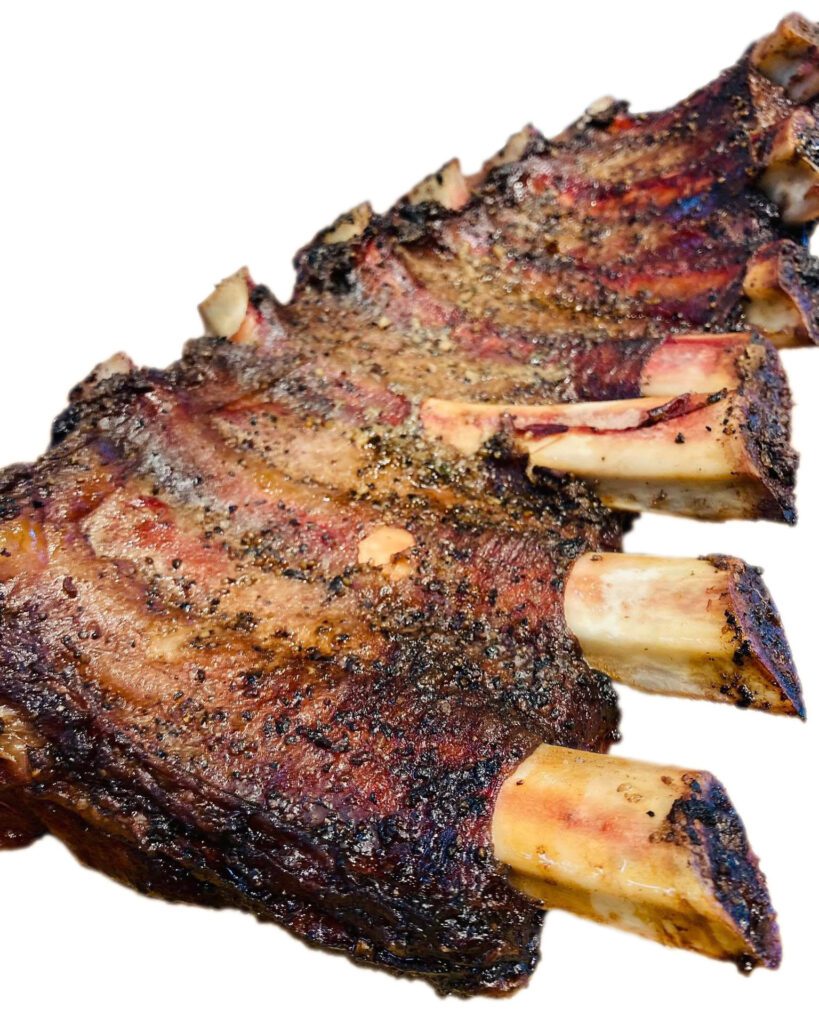
Great Oklahoma Barbecue
Is this an exhaustive list of Oklahoma’s tastiest barbecue? No! So don’t get onto us if someone’s missing, capeesh? But it’s a great way to get started on your Okie BBQ journey…
Burn Co. Barbeque: The pitmaster rules the Hasty Bake at Burn Co. in Tulsa, turning out sought-after charcoal-smoked brisket, pulled pork, baby back ribs, sausages and quirky favorites like The Fatty, resplendent with bratwurst, hot links and smoked sausage.
Rib Crib: Since 1992, Oklahomans have frequented their favorite of more than 60 Rib Crib locations across eight states, where award-winning, slow-smoked-on-site daily meats are augmented by classic sides like fried okra and cowboy beans.
Albert G’s: From-scratch creations at Albert G’s include chopped brisket, hot links, Polish sausage, tabouli and coleslaw, with three convenient Tulsa locations.
The Butcher Barbecue Stand: Locals and travelers cruising historic Route 66 flock to the family-run Butcher Barbecue Stand in Wellston for mouthwatering, competition-grade barbecue.
Oakhart Barbecue: Let your senses guide you to Oakhart Barbecue in Tulsa’s Pearl District, where central Texas-style barbecue is smoked low and slow over post oak. Standout menu items include pepper-rubbed spare ribs with a sweet glaze, succulent brisket, and house-made sausages.
Leon’s Smoke Shack: Family-run Leon’s Smoke Shack is a haven born from Leon Thompson’s passionate hobby, now thriving at two Tulsa locations. Crowd-pleasing dishes are smoked to perfection over a blend of pecan, hickory and post oak woods.
Mac’s: An iconic Skiatook hotspot, Mac’s Barbeque is a beloved institution opened by Mike and Vickie McMillian in 1985 and is still a no-frills, down home, family-run and award-winning barbecue joint serving up classics along with house specialties.
Smokies Hickory House: For over two decades, pitmaster Tom Eddings has been serving up smoky delights cooked over hickory wood at Smokies in Broken Arrow. This family-run gem is renowned for hearty platters loaded with brisket, pork, ribs, sausage and hot links.
Bedlam Bar-B-Q: Using curing and dry-rub applications, Bedlam Bar-B-Que and its long-held family recipes are sure to impress OKC diners. Make sure to try specials like smoked chicken on the bone and Edward’s Hot Plate, with pork hot links, jalapeno sausage and spicy cowboy beans.
Clark Crew Barbecue: Boasting hundreds of championships and competition honors, Clark Crew Barbecue, a cherished family-run Oklahoma icon, delivers expertly smoked Wagyu beef, smoked-then-fried wings, wood-fired pizza and irresistible desserts.
Iron Star Urban Barbecue: For nearly 25 years, Iron Star Urban Barbecue has dished out house-smoked meats kissed with a meticulously honed secret rub. Inspired by Oklahoma’s infamous lady outlaw Belle Starr, this upscale yet laid-back OKC gem remains a local favorite
Bonus Photo Gallery:
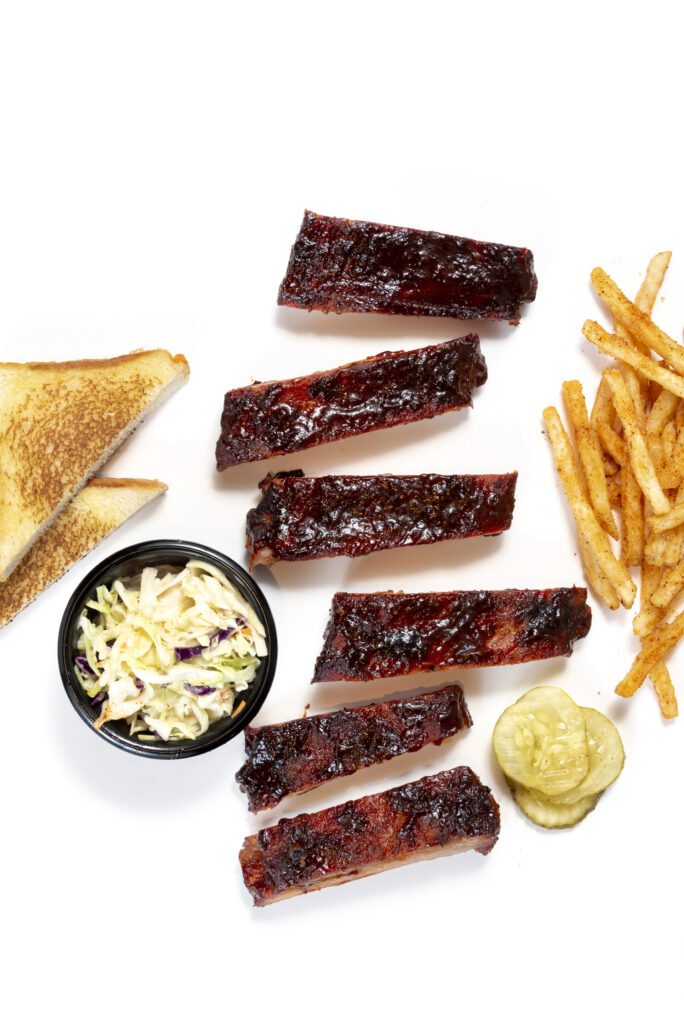
The Rib Dinner at Rib Crib comes with ten hickory-smoked ribs and two sides, which range from seasoned fries and mac and cheese to coleslaw and okra.
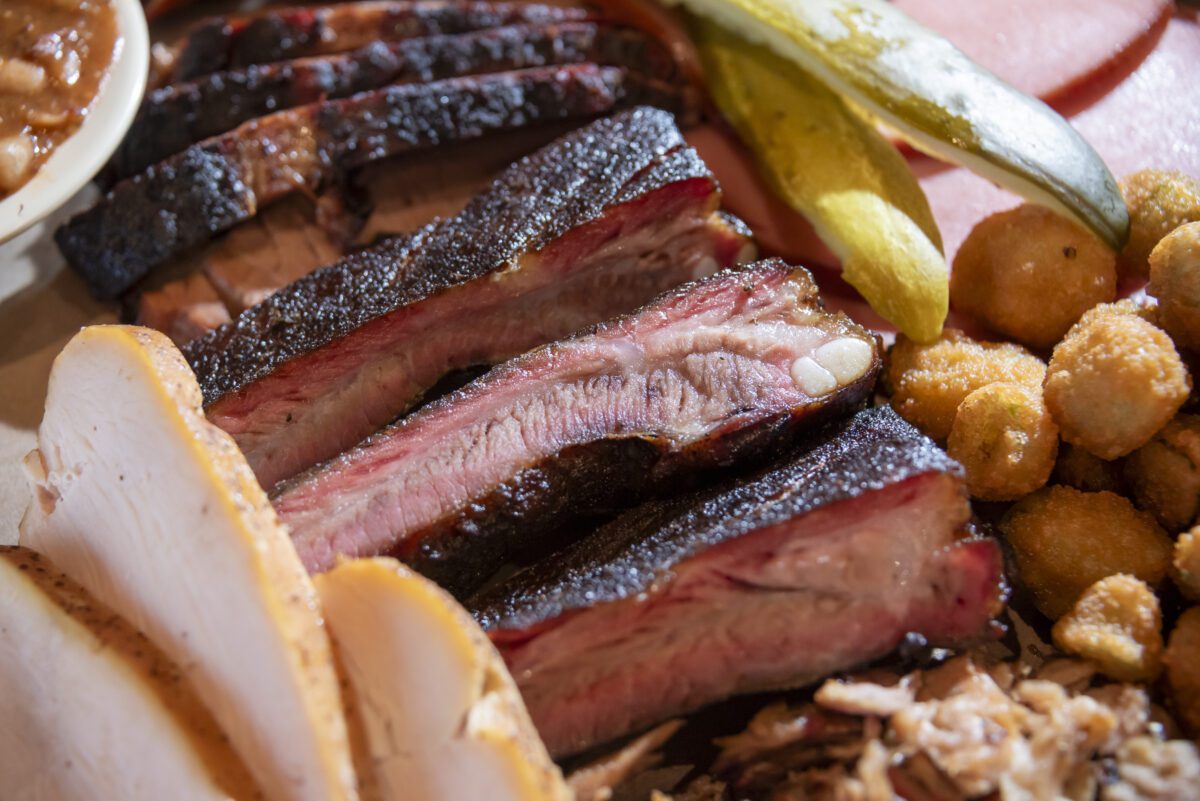
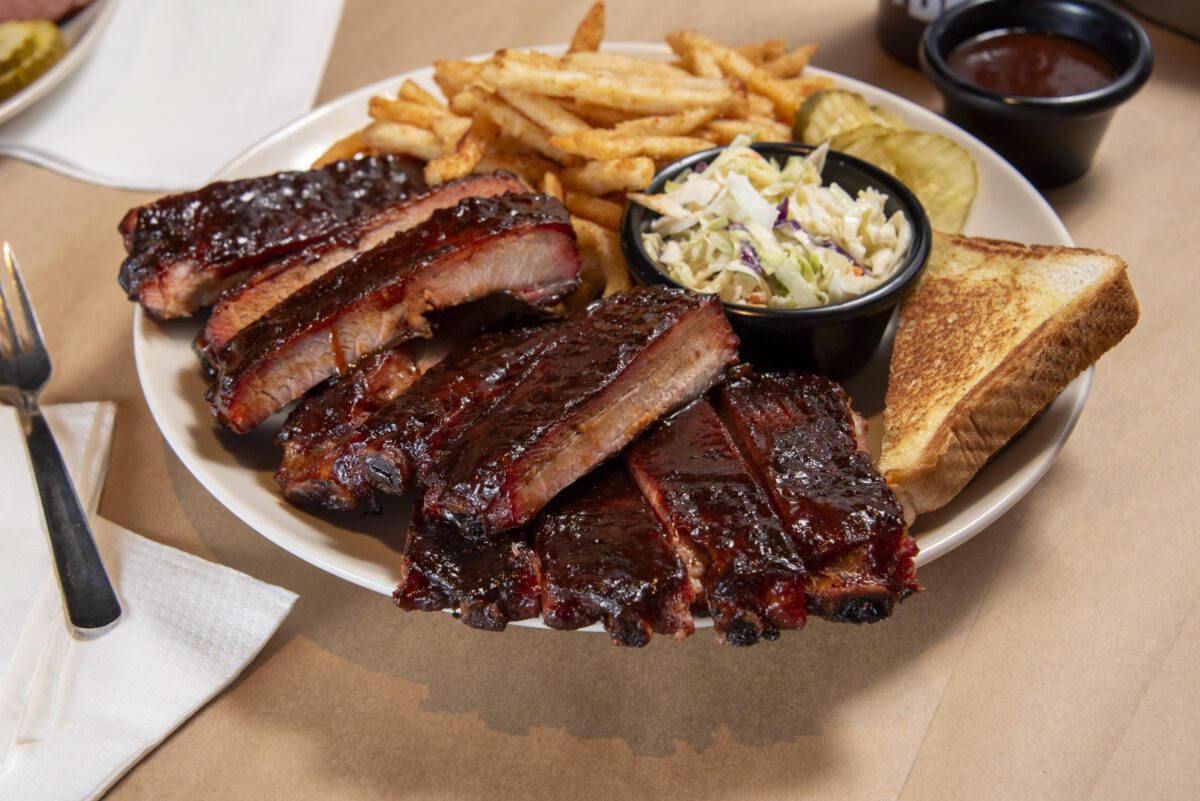
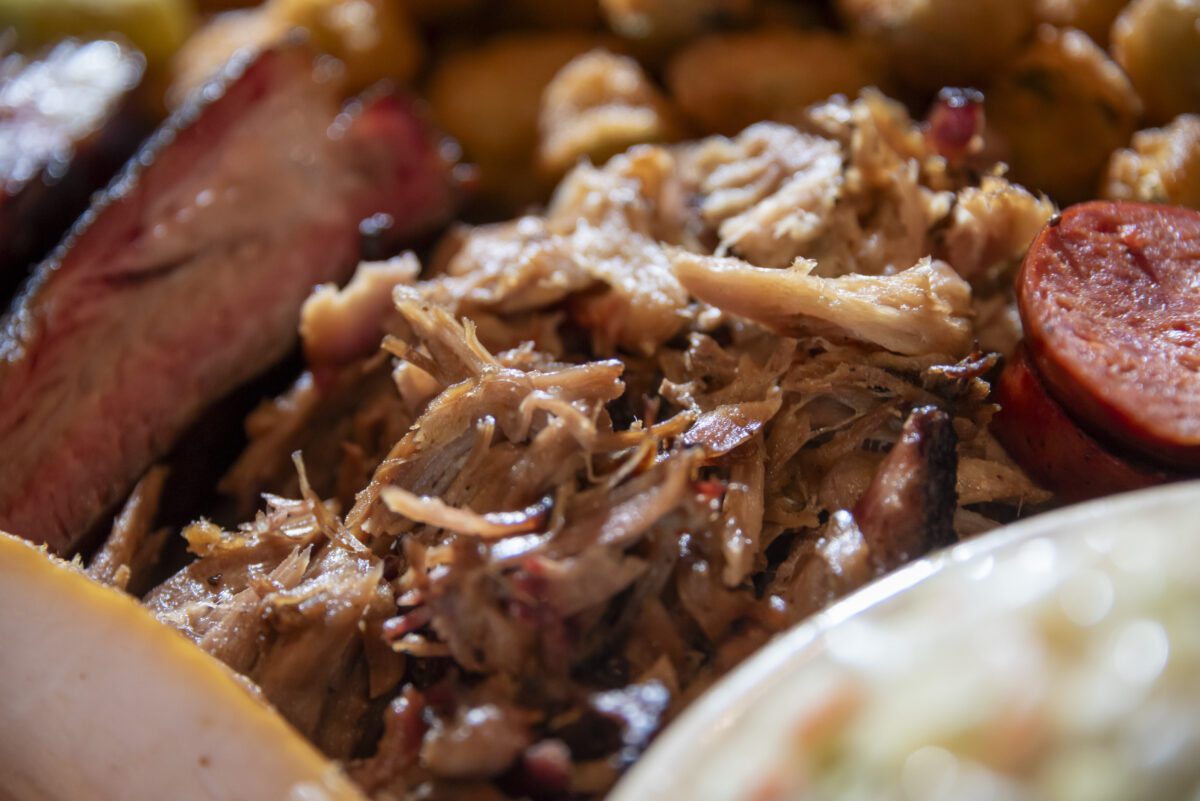
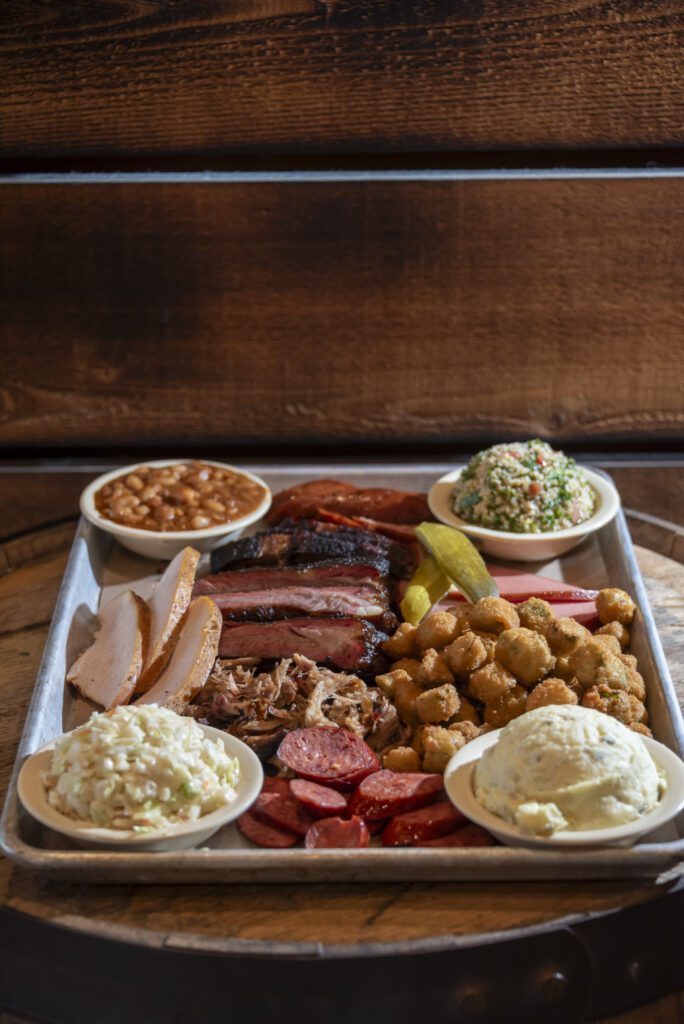
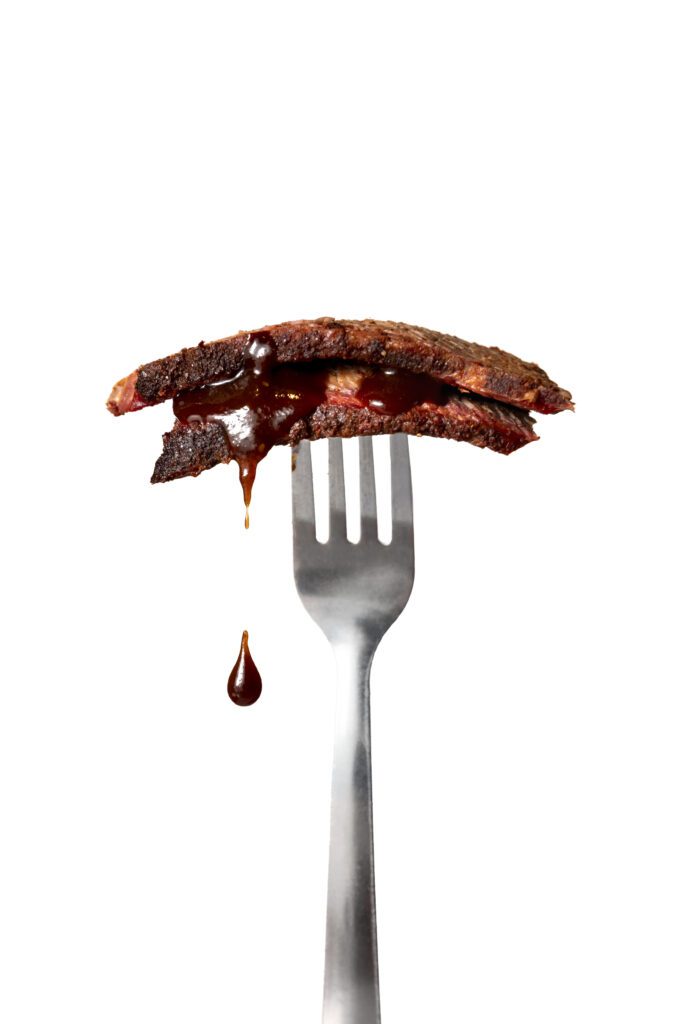
All gallery photos and main image by Stephanie Phillips



